-
Members Only
-
A small discrepancy in a couple of shapefiles led to a misclassification of land. Wealthy investors are taking advantage. For ProPublica, Jeff Ernsthausen and Justin Elliott:
They have President Donald Trump’s 2017 tax overhaul law to thank. The new law has a provision meant to spur investment into underdeveloped areas, called “opportunity zones.” The idea is to grant lucrative tax breaks to encourage new investment in poor areas around the country, carefully selected by each state’s governor.
But Port Covington, an ambitious development geared to millennials to feature offices, a hotel, apartments, and shopping, is not in a census tract that is poor. It’s not a new investment. And the census tract only became eligible to be an opportunity zone thanks to a mapping error.
-
The single-family home. It’s part of the American dream, but it can be awfully expensive when land grows scarce. Emily Badger and Quoctrung Bui for The Upshot map and discuss the current approaches of major cities:
A reckoning with single-family zoning is necessary, they say, amid mounting crises over housing affordability, racial inequality and climate change. But take these laws away, many homeowners fear, and their property values and quality of life will suffer. The changes, opponents in Minneapolis have warned, amount to nothing less than an effort to “bulldoze” their neighborhoods.
Using building footprints instead of just colored polygons provide nice depth and detail.
-
Getting Started with D3.js
Learn how to build a custom visualization using D3.js and get acquainted with the popular JavaScript library.
-
Researchers went around rural Pennsylvania, showing people the charts above and asking what they thought about them. Evan Peck with one of the main findings from the study:
As we analyzed and coded our interviews, we were reminded of something that we often forget — data can be intimate and personal. If someone found a personal connection to any graph, it didn’t matter the color, the style or the technique. For the people we talked to, charts with personal connections superseded all other design dimensions.
Small data caveat: there were only 42 interviews.
But still, ever since I got into visualization for an audience, this was always my thought. Some say people are self-centered so readers want to know about themselves first. Maybe that’s partially true, but I also think we just like to start with what’s familiar.
So, if the data allows for it, make that familiarity and quick connection to the data easy to access.
-
Financial Times, in an effort to streamline a part of the data journalism process, developed templates for data stories. They call it the Story Playbook:
The Playbook is also an important driver of culture change in the newsroom. We have a rich and familiar vocabulary for print: The basement (A sometimes light-hearted, 350-word story that sits below the fold on the front page), for example, or the Page 3 (a 900–1200 word story at the top of the third page that is the day’s most substantive analysis article). For FT journalists, catflaps, birdcages, and skylines need no explanation.
The story playbook creates the equivalent for online stories, by introducing a vocabulary that provides a shared point of reference for everyone in the newsroom.
-
I compared time use for those with children under 18 against those without. Here’s where the minutes go.
-
Got a chuckle out of me:
Me explaining why standardizing your variables is important: pic.twitter.com/mQKj0nEJ0G
— Chelsea Parlett Pelleriti (@ChelseaParlett) June 12, 2019
-
Members Only
-
For The New York Times, Kevin Litman-Navarro plotted the length and readability of privacy policies for large companies:
To see exactly how inscrutable they have become, I analyzed the length and readability of privacy policies from nearly 150 popular websites and apps. Facebook’s privacy policy, for example, takes around 18 minutes to read in its entirety – slightly above average for the policies I tested.
The comparison is between websites with a focus on Facebook, but the main takeaway I think is that almost all privacy policies are complex, because they’re not there for the users.
-
Machine learning can feel like a foreign concept only useful to those with access to big machines. Runway ML aims to make machine learning easier to use for a wider audience, specifically for creators. It provides a click-and-drag interface that lets you link algorithms, import datasets, and most importantly, experiment.
Looks like fun. Give it a go.
-
In its inaugural issue, Parametric Press describes how bias can easily come about when working with data:
Even big data are susceptible to non-sampling errors. A study by researchers at Google found that the United States (which accounts for 4% of the world population) contributed over 45% of the data for ImageNet, a database of more than 14 million labelled images. Meanwhile, China and India combined contribute just 3% of images, despite accounting for over 36% of the world population. As a result of this skewed data distribution, image classification algorithms that use the ImageNet database would often correctly label an image of a traditional US bride with words like “bride” and “wedding” but label an image of an Indian bride with words like “costume”.
Click through to check out the interactives that serve as learning aids. The other essays in this first issue are also worth a look.
-
From Tableau CEO Adam Selipsky:
In 2003, Tableau set out to pioneer self-service analytics with an intuitive analytics platform that would empower people of any skill level to work with data. Our customers grew with us to form the strongest analytics community in the world. And today, that mission to help people see and understand data grows stronger.
I’m excited to announce that Tableau has entered into an agreement to be acquired by Salesforce in an acquisition that combines the #1 CRM with the #1 analytics platform. By joining forces we will accelerate our ability to accomplish our mission. Together, Salesforce and Tableau share a deep commitment to empowering their respective communities and enabling people of every skill level to transform their businesses, their careers, and their lives through technology.
I’m an outsider looking in, so this surprised me, but maybe it was expected for those closer. Tableau sponsored this little site of mine for nearly a decade, so I think it might have appeared smaller to me than it actually is.
Anyways, it’ll be interesting to see where Tableau goes from here, especially for those who worked with the software outside a marketing context.
-
For National Geographic, Kennedy Elliot made a series of heatmaps that show the relative shifts in the ocean:
The oceans don’t just soak up excess heat from the atmosphere; they also absorb excess carbon dioxide, which is changing the chemistry of seawater, making it more acidic. “Ocean acidification is one simple and inescapable consequence of rising atmospheric CO2 that is both predictable and impossible to attribute to any other cause,” says oceanographer John Dore of Montana State University.
Great.
-
During a game, the range of emotions can vary widely across a crowd. Will Hipson, making use of some emotion dynamics, simulated how that range can change through a game:
What I’m striving to simulate are the laws of emotion dynamics (Kuppens & Verduyn, 2017). Emotions change from moment to moment, but there’s also some stability from one moment to the next. Apart from when a basket is scored, most fans cluster around a particular state (this is called an attractor state). Any change is attributable to random fluctuations (e.g., one fan spills some of their beer, maybe another fan sees an amusing picture of a cat on their phone). When a basket is scored, this causes a temporary fluctuation away from the attractor state, after which people resort back to their attractor.
I want to simulate emotion dynamics for all the things now.
-
ProPublica just released a search tool for nonprofit tax records:
The possibilities are nearly limitless. You can search for the names or addresses of independent contractors that made more than $100,000 from a nonprofit, you can search for addresses, keywords in mission statements or descriptions of accomplishments. You can even use advanced search operators, so for instance you can find any filing that mentions either “The New York Times,” “nytimes” or “nytimes.com” in one search.
Have a go here.
-
Members Only
-
Apparently ladybugs migrate this time of year, and it’s enough to show up on the radar as a giant rain cloud. Yeah.
The large echo showing up on SoCal radar this evening is not precipitation, but actually a cloud of lady bugs termed a "bloom" #CAwx pic.twitter.com/1C0rt0in6z
— NWS San Diego (@NWSSanDiego) June 5, 2019
-
For Lapham’s Quarterly, Elizabeth Della Zazzera turns back the clock to maps used for navigation, starting with the 1300s and through 1720:
From the fifteenth to the eighteenth century, European powers sent voyagers to lands farther and farther away from the continent in an expansionist period we now call the Age of Exploration. These journeys were propelled by religious fervor and fierce colonial sentiment—and an overall desire for new trade routes. They would not have been possible without the rise of modern cartography. While geographically accurate maps had existed before, the Age of Exploration saw the emergence of a sustained tradition of topographic surveying. Maps were being made specifically to guide travelers. Technology progressed quickly through the centuries, helping explorers and traders find their way to new imperial outposts—at least sometimes. On other occasions, hiccups in cartographic reasoning led their users even farther astray.
I particularly liked the part where in fourteen hundred ninety two, Columbus sailed the ocean blue — and made miscalculations because he misread the units on a map and ended up in the wrong part of the world.
-
Krist Wongsuphasawat, who recently interviewed for a healthy helping of visualization jobs, outlines the questions asked and the general flow of things.
[T]here are some sessions that your data visualization skills will play the key roles, but there will be tests for other skills as well. As I have mentioned earlier, data visualization is one of the main skills, but having only that is usually not good enough to land the roles. So do your homework, figure out what are the skills required for the target roles and make sure you can tick all of the checkboxes. If you are choosing the engineering track, there will be lots of expectations for front-end engineering skills.
From there, the tasks presented to you seem to vary a lot depending on what a company is looking for. Sounds stupendous.

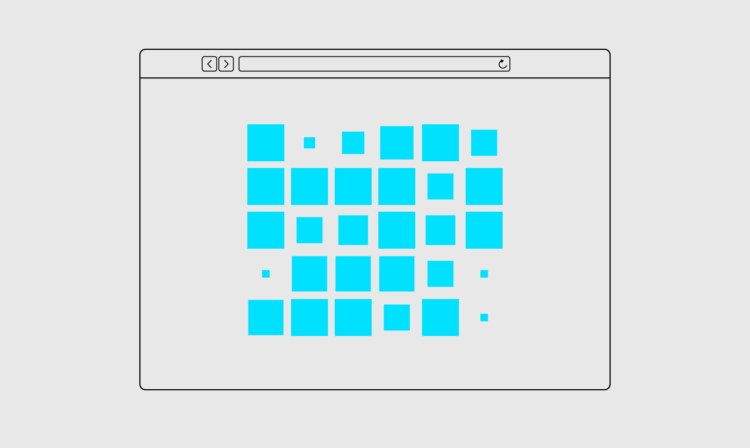
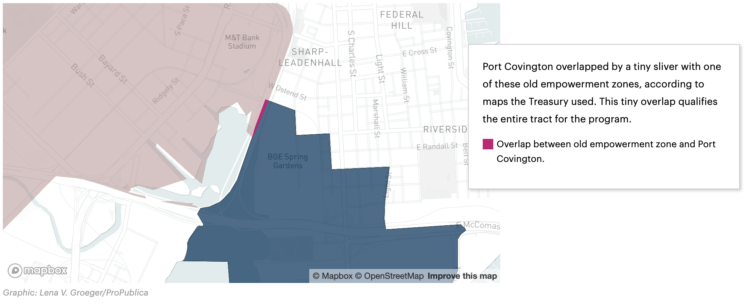
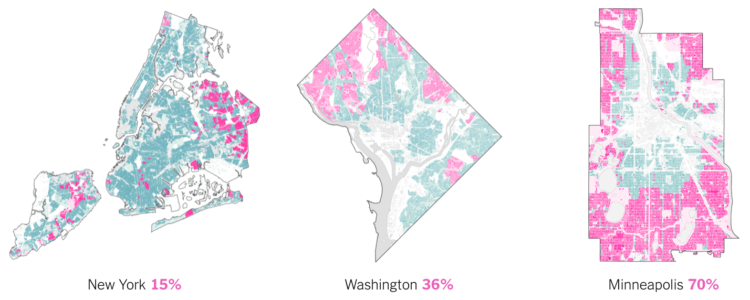
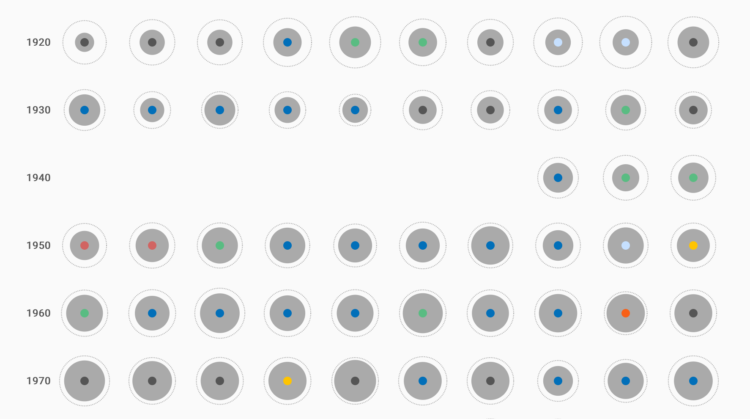
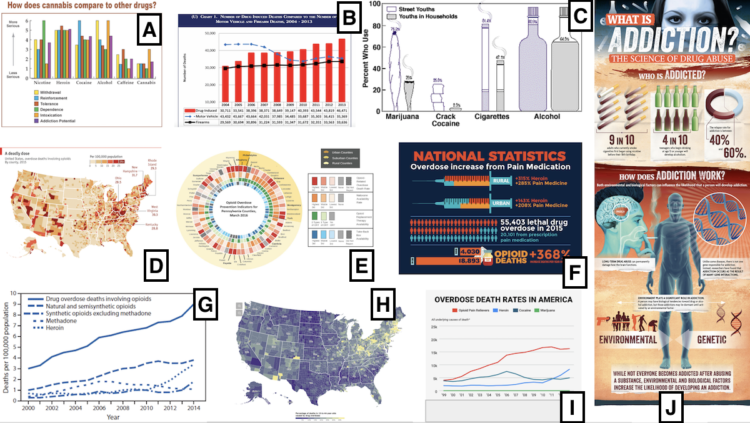
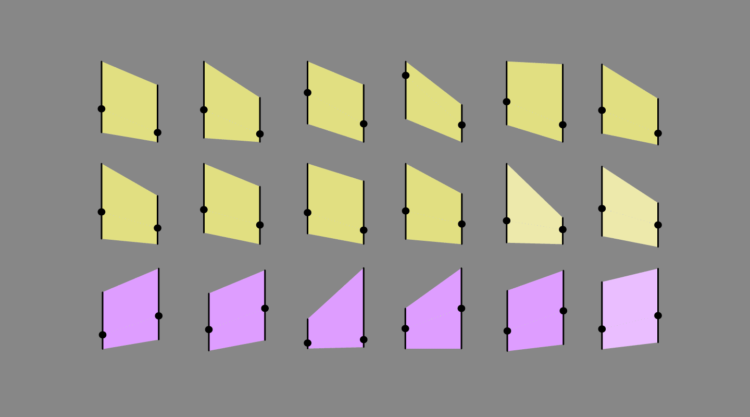
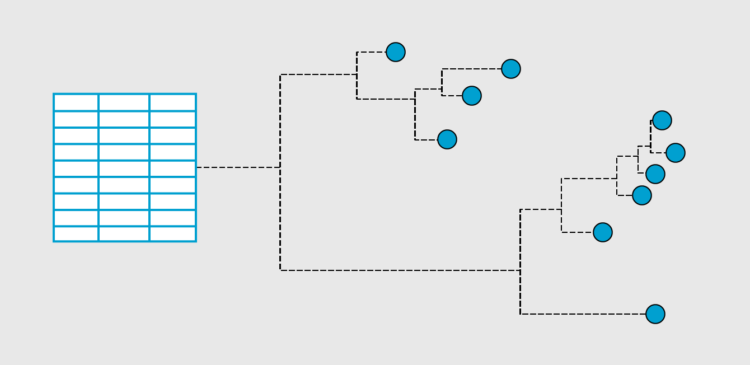
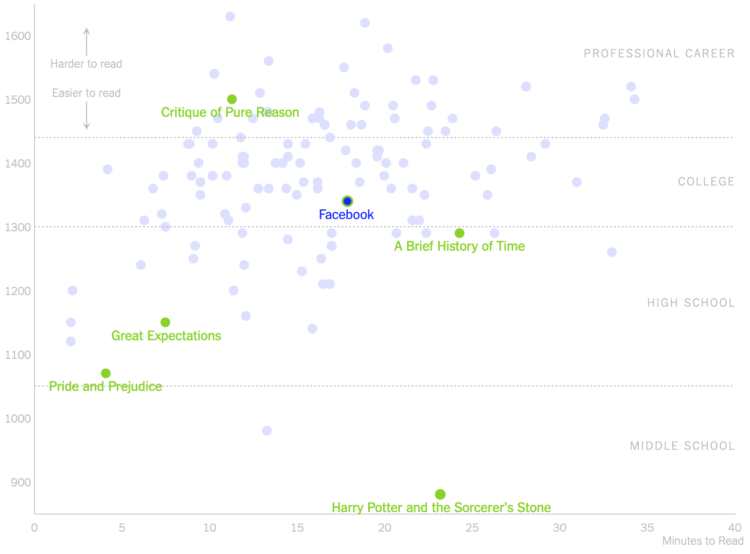

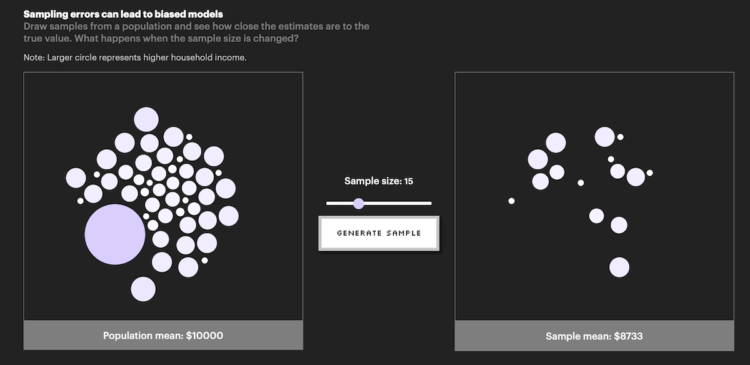
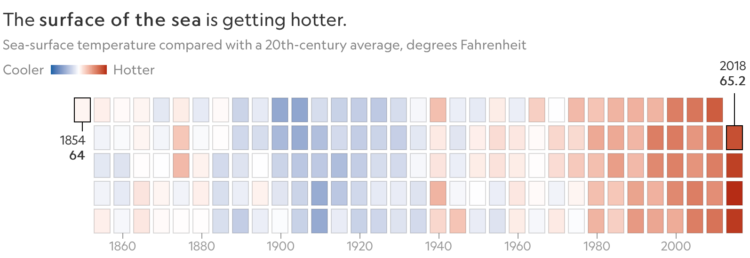

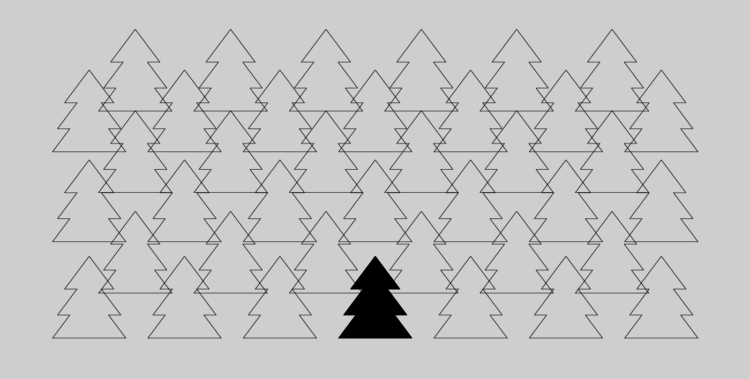

 Visualize This: The FlowingData Guide to Design, Visualization, and Statistics (2nd Edition)
Visualize This: The FlowingData Guide to Design, Visualization, and Statistics (2nd Edition)










